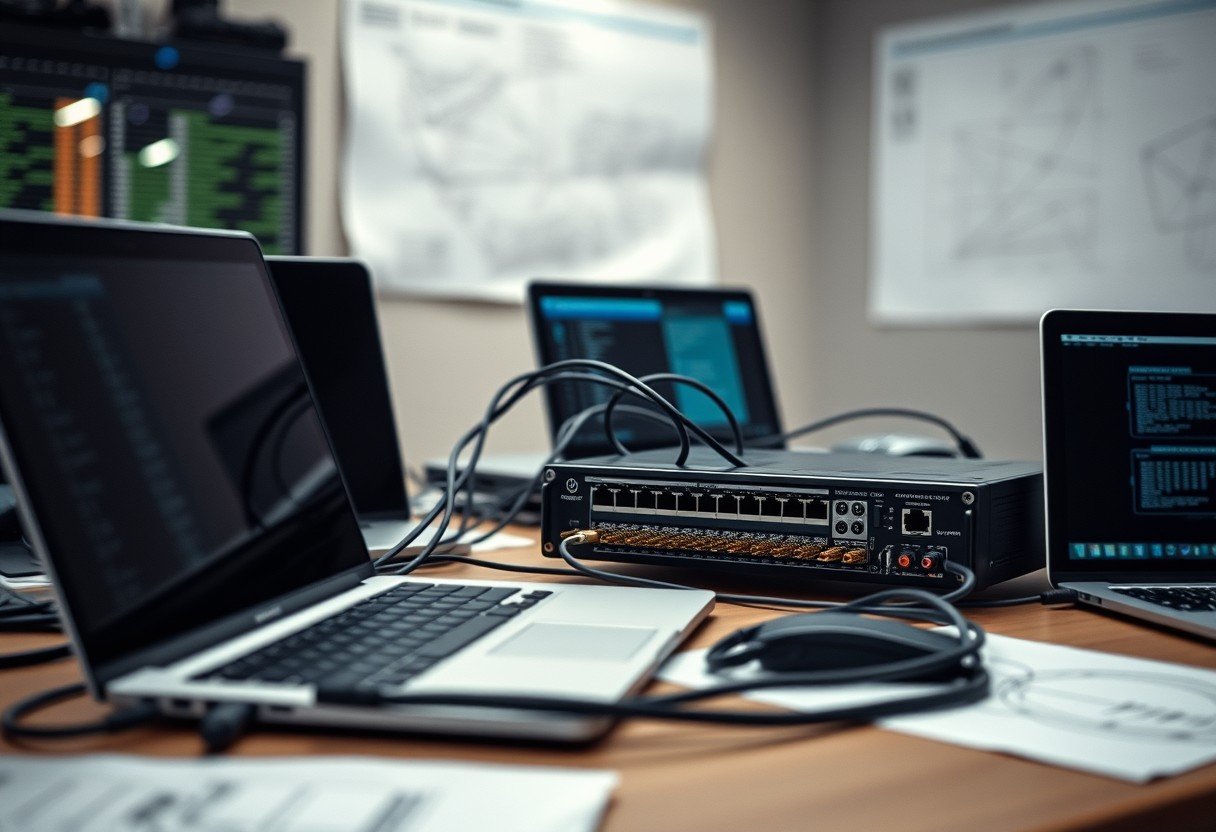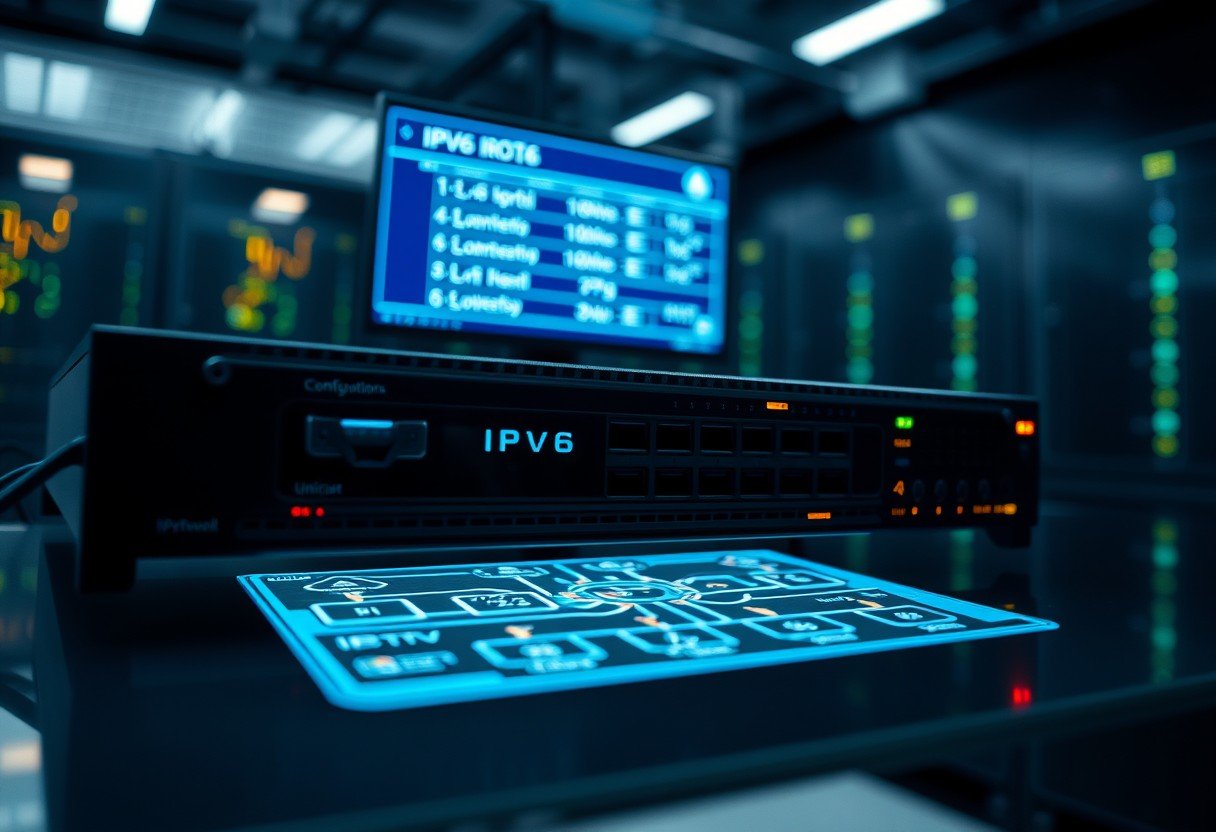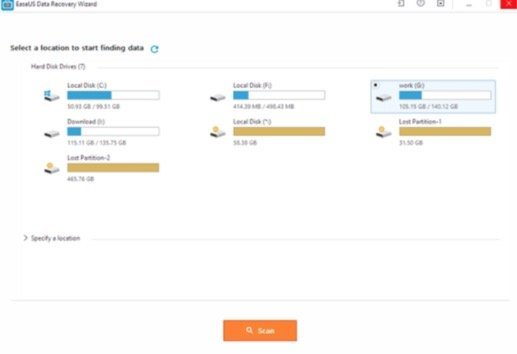Effectively monitoring the traffic within your network is essential for performance and security. Administrators use crucial hardware devices, often called network monitoring tools, to capture, analyze, and report on this traffic in real time. These tools help identify potential issues and maintain security. Understanding the different devices available, from network taps to managed switches, will empower you to choose the right strategy for your network management needs.
Why is Monitoring Network Traffic so Important?
For any network administrator, understanding the flow of data is critical. It’s the key to maintaining a healthy, efficient, and secure network environment. By observing how data packets move through the system, you can spot problems before they escalate.
This constant observation allows you to identify performance bottlenecks, understand usage patterns, and detect unusual activity that might signal a security threat. In today’s digital world, where cybersecurity threats are constant, proactive network monitoring is not just beneficial—it’s necessary.
Furthermore, monitoring helps with resource allocation. It ensures that your most critical applications always have the bandwidth they need to function properly. This prevents network congestion and costly downtime, enhancing both operational efficiency and the overall user experience.
Key Hardware Devices for Network Monitoring
To gain visibility into your network, you need the right tools. Several types of hardware devices are designed specifically for this purpose, each with its own strengths. Choosing the correct one depends entirely on your specific monitoring goals and existing infrastructure.
Some devices passively copy traffic for analysis, while others actively inspect it for threats. The most common options provide a range of capabilities, from simple packet capture to advanced security analysis. Familiarizing yourself with these tools is the first step toward building a robust monitoring strategy.
Here are some of the primary hardware devices used for network traffic monitoring:
- Network Taps: These are hardware devices that make an exact copy of the data flowing through a network link without altering it.
- Packet Sniffers: These tools capture individual packets of data as they travel across the network for detailed analysis.
- Managed Switches: Advanced switches often include a feature called port mirroring, which can duplicate traffic for monitoring purposes.
- Intrusion Detection Systems (IDS): These systems monitor network traffic specifically to identify suspicious activities and potential security threats.
Each of these devices plays a unique role in providing a comprehensive view of your network’s health and security.
A Closer Look at Network Taps
A Network Tap, which stands for Test Access Point, is a simple yet powerful hardware device. It is inserted directly into a network connection, like between a router and a switch, to create a passive monitoring link.
The tap works by splitting the signal. The original network traffic continues to flow through to its destination without any interruption or delay. At the same time, the tap creates an exact copy of that traffic and sends it to a separate monitoring port. This allows analysis tools to see every single packet, good or bad, without being on the primary data path.
The most significant advantage of using a network tap is that it is completely non-intrusive and failsafe. Because it operates at the physical layer, it is invisible to the network and cannot be detected by potential attackers. If the tap were to lose power, the original network link would remain active, ensuring no downtime.
Understanding Port Mirroring on Managed Switches
Many network administrators use a feature called port mirroring, also known as SPAN (Switched Port Analyzer), which is built into most managed switches. This function allows you to configure the switch to copy all traffic from one or more source ports to a single destination port where a monitoring tool is connected.
This method is often seen as a cost-effective alternative to using a dedicated network tap because it utilizes existing hardware. For smaller networks or temporary troubleshooting, port mirroring can be an incredibly useful and convenient tool for traffic analysis.
However, it comes with limitations. The mirroring process consumes resources on the switch, which can impact its performance, especially on a busy network. Under heavy traffic loads, a switch might prioritize its primary function of forwarding traffic over the mirroring process, potentially leading to dropped packets in the monitored data. This means you might not get a 100% accurate picture of the traffic, unlike with a dedicated tap.
Comparing Different Monitoring Technologies
When deciding on a network monitoring solution, it’s helpful to compare the different technologies at a glance. Each device offers a unique set of features tailored to specific needs, whether it’s for deep-dive analysis, general performance monitoring, or security enforcement. Evaluating their capabilities against your organization’s goals is crucial.
The table below provides a simple comparison of the key features of the most common monitoring technologies.
| Monitoring Technology | Key Features |
| Packet Sniffer | Deep packet inspection, real-time traffic analysis. |
| Network Tap | Passive data capturing, minimal impact on network performance. |
| Next-Gen Firewall | Integrated threat intelligence, advanced security features. |
| IDS | Monitoring for security breaches, alert notifications. |
As you can see, devices like network taps and packet sniffers are designed to provide granular visibility, whereas next-generation firewalls and IDS solutions add critical layers of security by actively inspecting and acting on the traffic.
Best Practices for Deploying Your Monitoring Tools
A successful implementation strategy begins with clear objectives. Before deploying any monitoring device, you should thoroughly assess your network’s needs. Start by identifying the key areas you want to monitor, such as specific servers, applications, or internet gateways. This focused approach ensures your monitoring efforts are effective from the start.
Ensuring seamless integration with your existing infrastructure will maximize the effectiveness of your monitoring efforts. It’s also vital to consider scalability. Choose a solution that can grow with your network and adapt to evolving demands without requiring a complete overhaul.
To get the most out of your deployment, follow these best practices:
- Establish a comprehensive plan that includes a detailed inventory of your network infrastructure.
- Assign clear roles and responsibilities for device management, maintenance, and alert response.
- Configure appropriate thresholds for alerts to minimize false positives and reduce alert fatigue for your team.
- Regularly review and update your device configurations to adapt to any changes in your network or emerging security threats.
By following a structured approach, you can ensure that your monitoring devices provide accurate, actionable insights that help you maintain a secure and high-performing network.
Frequently Asked Questions about Network Monitoring Hardware
What is the most common hardware device for monitoring network traffic?
A Network Tap (Test Access Point) is one of the most common and reliable hardware devices. It allows administrators to passively monitor all traffic on a network segment without interfering with the live flow of data.
How is a Network Tap different from port mirroring?
A network tap is a dedicated external device that creates a perfect copy of traffic and does not impact network performance. Port mirroring is a feature on a managed switch that can affect the switch’s performance and may drop packets under heavy load.
Can I monitor my network without any special hardware?
Yes, software-based monitoring solutions, often called packet sniffers, can be installed on a computer within the network. However, dedicated hardware like a tap provides more reliable and complete data capture, especially on high-traffic networks.
What is an Intrusion Detection System (IDS)?
An IDS is a security-focused device or software application that monitors network traffic for malicious activity or policy violations. When it detects a potential threat, it sends an alert to the administrator for further investigation.
Why is it important to understand network traffic?
Understanding network traffic is crucial for ensuring network efficiency, troubleshooting performance issues like bottlenecks, and detecting security threats. It provides the visibility needed to manage and protect your network effectively.









Leave a Comment